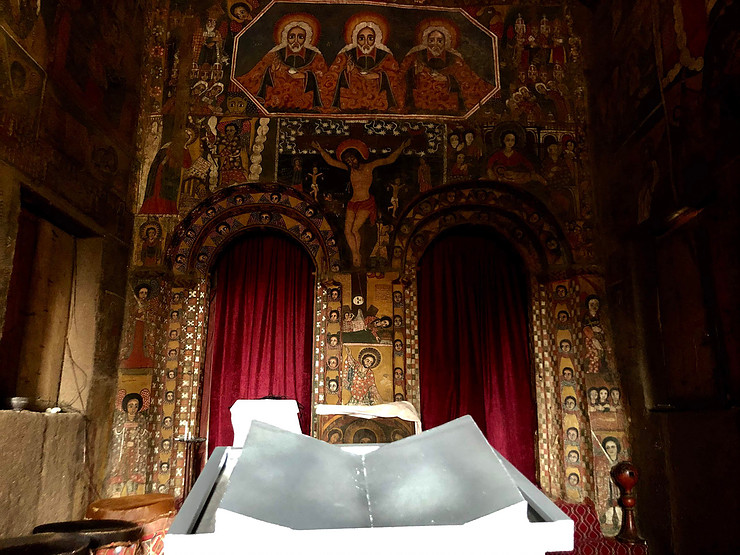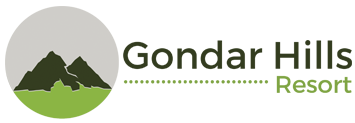City of Gondar

Castle of Emperor Fasilidas
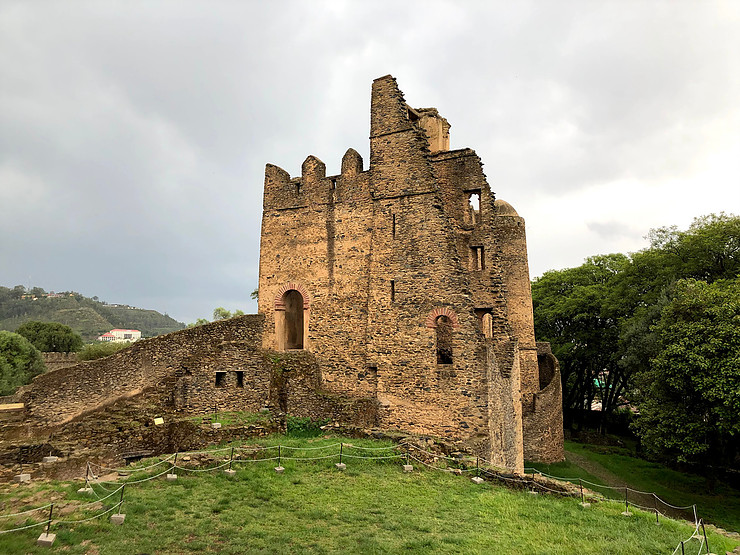
Castle of Emperor Fasilidas
The city of Gondar has been serving as the capital of Ethiopia from 1636 to 1855 and home to Gondar castle ( also known as Fasiladas castle) but several other castles, churches, monasteries and other royal buildings constructed by the royal successors.

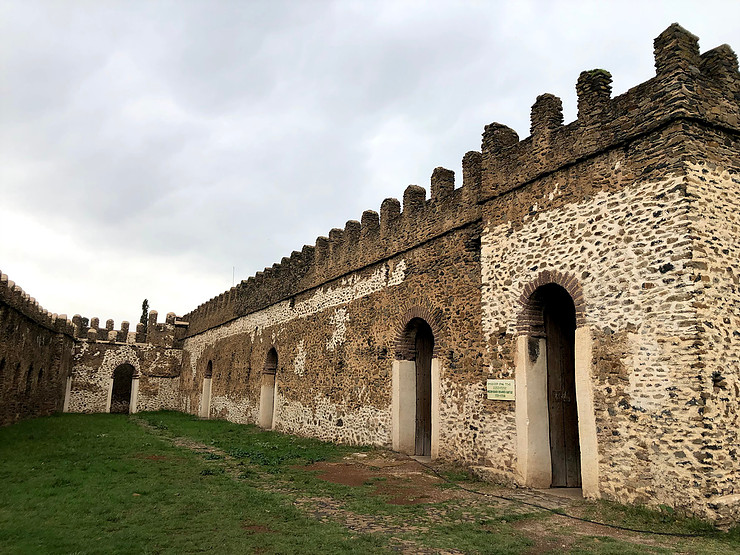
In the 16th and 17th centuries, the fortress-city of Fasil Ghebbi was the residence of the Ethiopian emperor Fasilides and his successors. Surrounded by a 900-m-long wall, the city contains palaces, churches, monasteries and unique public and private buildings marked by Hindu and Arab influences, subsequently transformed by the Baroque style brought to Gondar by the Jesuit missionaries.
A tuktuk ride off lies Fasiladas’ Bath, which has been attributed to both Fasiladas and Iyasu I. The large rectangular pool is overlooked by a charming building, thought by some to be a vacation home. It’s a beautiful and peaceful spot, where snakelike tree roots digest sections of the stone walls.
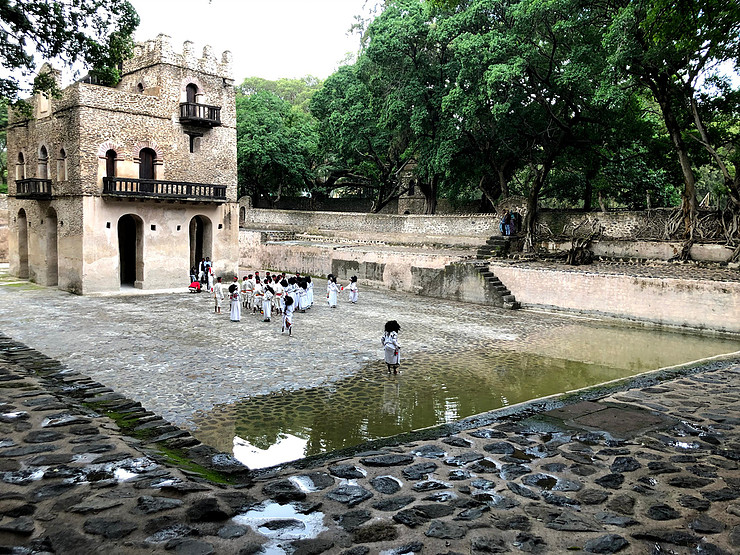
Bath of Fasiledes
The complex was used for swimming (royalty used to don inflated goat-skin life jackets for their refreshing dips!), it was likely to have been constructed for religious celebrations, the likes of which still go on today. Once a year, it’s filled with water for the Timkat celebration. After the water is blessed by the bishop, the pool becomes a riot of splashing water, shouts and laughter as a crowd of hundreds jumps in. The ceremony replicates Christ’s baptism in the Jordan River and is seen as an important renewal of faith.

Gondar was the capital of the kingdom of Abyssinia under the reign of Emperor Fasil (Fasiledes) who built castles, churches and medieval style bathrooms in the 17th c. For 200 years it was the imperial residence and met both the relative greatness of the early emperors as the decline of their past. In the mid-nineteenth century the emperor Teodoros burned the city. Visit the Church of Debre Berhan Selassie, one of Ethiopia’s most famous and filled with paintings on the ceiling of Ethiopian cherubs.
